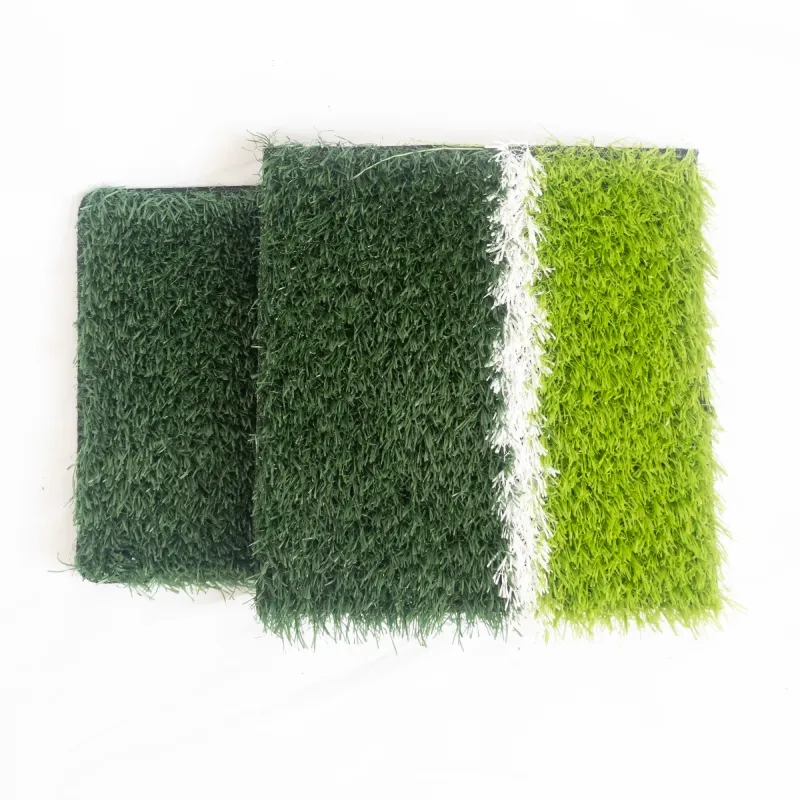
- Afrikaans
- Arabic
- Belarusian
- Bengali
- Czech
- Danish
- Dutch
- English
- Esperanto
- Estonian
- Finnish
- French
- German
- Greek
- Hindi
- Hungarian
- Icelandic
- Indonesian
- irish
- Italian
- Japanese
- kazakh
- Rwandese
- Korean
- Kyrgyz
- Lao
- Latin
- Latvian
- Malay
- Mongolian
- Myanmar
- Norwegian
- Persian
- Polish
- Portuguese
- Romanian
- Russian
- Serbian
- Spanish
- Swedish
- Tagalog
- Tajik
- Thai
- Turkish
- Turkmen
- Ukrainian
- Urdu
- Uighur
- Uzbek
- Vietnamese
Innovative Green Spaces on Rooftops for Sustainable Urban Living
Nov . 28, 2024 01:36 Back to list
The Benefits of Rooftop Grass A Green Solution for Urban Living
In an ever-urbanizing world, where concrete jungles dominate the skyline, the concept of rooftop grass is emerging as a transformative solution for both environmental and aesthetic challenges. The trend of converting rooftops into gardens has gained momentum, presenting a plethora of benefits that extend beyond mere aesthetics.
One of the most significant advantages of rooftop grass is its contribution to urban ecology. Cities often experience a phenomenon known as the urban heat island effect, where built-up areas become significantly warmer than their rural counterparts due to human activities and the extensive use of concrete. Rooftop gardens, particularly those featuring grass, combat this issue by cooling the surrounding air through the process of evapotranspiration. This natural cooling effect can help reduce the reliance on air conditioning systems in buildings, subsequently lowering energy consumption and greenhouse gas emissions.
Moreover, rooftop grass enhances biodiversity in urban areas, providing habitats for various species of birds and insects that are often displaced by urban development
. Green roofs can attract pollinators such as bees and butterflies, which are crucial for maintaining healthy ecosystems. By incorporating native grass species and plants, architects and city planners can create mini-ecosystems that thrive amidst the bustle of city life, contributing to the resilience of urban environments.Rooftop grass also plays a vital role in stormwater management. Cities often struggle with managing rainwater due to the overwhelming amounts of hardscape that prevent natural absorption. Grass-covered rooftops absorb rainfall, which reduces run-off and lessens the burden on urban drainage systems. As a result, this sustainable approach mitigates the risk of urban flooding and helps maintain water quality by filtering pollutants before they enter storm drains.
rooftop grass

Aesthetic appeal is another notable benefit of rooftop grass. Green spaces in urban settings not only beautify the environment but also improve the quality of life for residents. Rooftop gardens provide serene escapes from the hustle and bustle of city life, allowing individuals to connect with nature without leaving their homes. These spaces can serve as recreational areas for families, social hubs for friends, or quiet retreats for relaxation and contemplation. Furthermore, studies have shown that access to green spaces can improve mental health and reduce stress, making rooftop gardens a key factor in enhancing well-being in urban populations.
Economic benefits also accompany the installation of rooftop grass. While there is an initial investment required for developing a green roof, the long-term savings on energy costs, as well as potential increases in property value, make it an attractive option. Buildings with green roofs tend to be more appealing to tenants, leading to higher occupancy rates and rental income. Additionally, many governments offer incentives and subsidies for green building practices, making it financially viable for homeowners and developers alike.
Despite the many benefits, the successful implementation of rooftop grass requires thoughtful planning and execution. Factors such as weight load, irrigation needs, and maintenance must be carefully considered. Engaging with landscape architects and specialists can help ensure that the designs are both functional and sustainable.
In conclusion, the integration of rooftop grass into urban environments presents an innovative approach to addressing the challenges posed by city living. From cooling urban heat islands to enhancing biodiversity, managing stormwater, and fostering community well-being, rooftop gardens take on multifaceted roles that benefit both individuals and the environment. As cities continue to grow, embracing green solutions like rooftop grass will be essential for creating healthier, more sustainable urban habitats for generations to come.
-
The Benefits of Artificial Turf for Indoors
NewsJul.15,2025
-
How Artificial Grass Suppliers Ensure Quality Products
NewsJul.15,2025
-
Artificial Grass and Pets: A Space for Relaxation
NewsJul.08,2025
-
Balcony & Outdoor Decoration with Artificial Grass
NewsJul.08,2025
-
Best Indoor Artificial Grass for Home
NewsJul.07,2025
-
Best Pet Turf for Dogs: Safe & Durable Artificial Grass Options
NewsJul.07,2025
Products categories









